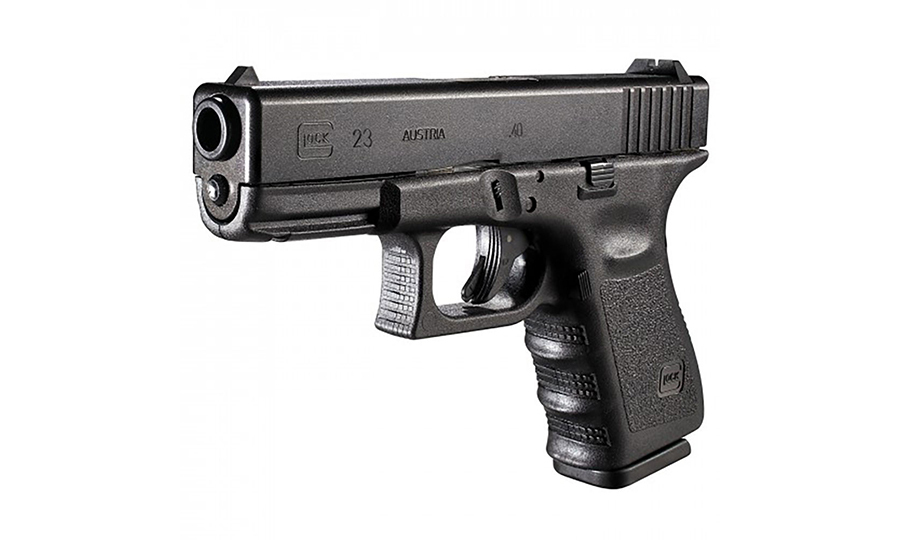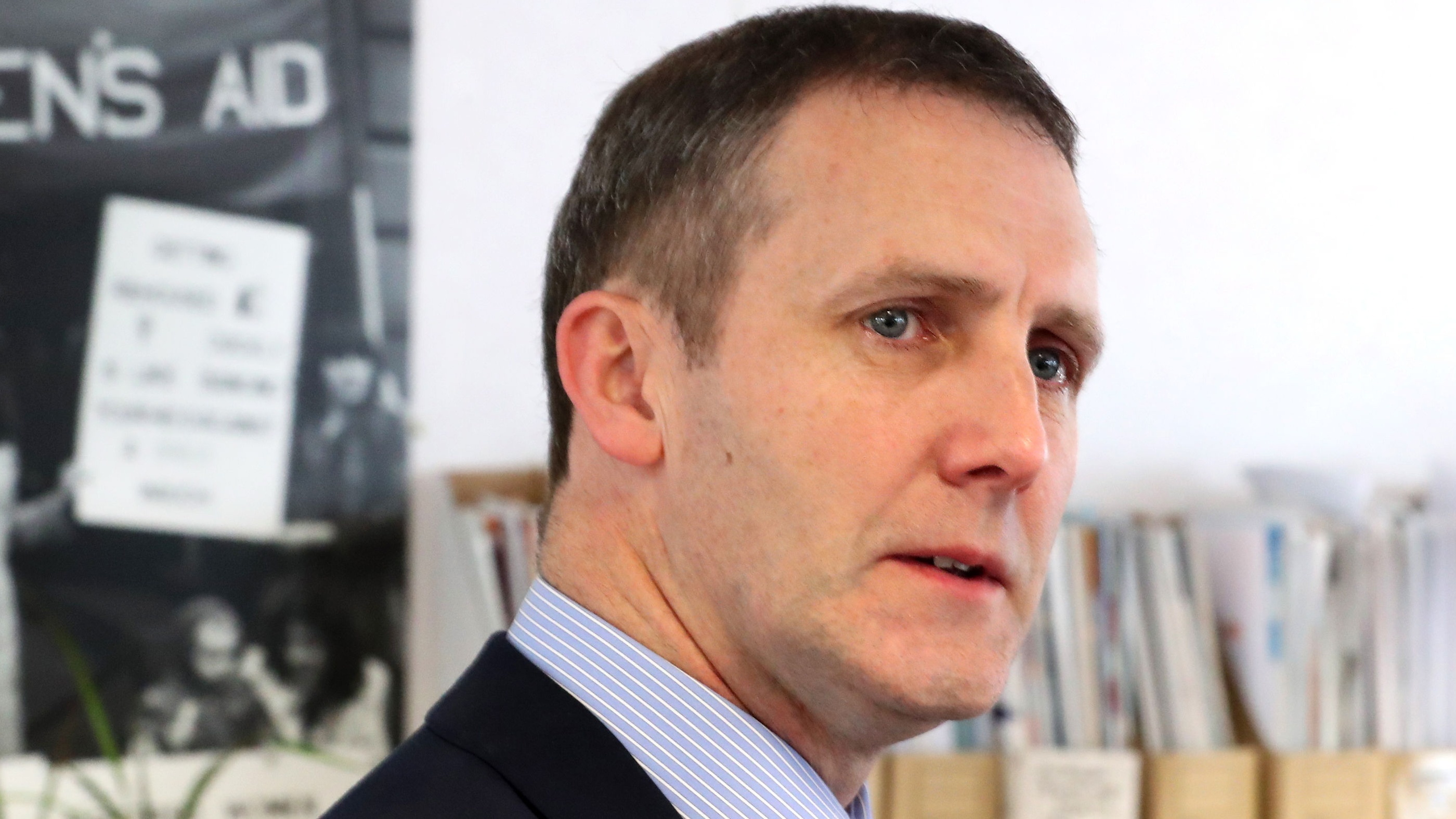
EASTERN European arms traffickers are offering gangsters two-for-one deals on guns and grenades, we can reveal.
Experts have warned organised crime gangs operating across the former Eastern Bloc are offering sweeteners to British criminals buying automatic weapons.
Police fear weapons used in a series of shootings linked to gangland feuds in Scotland will have been sourced in countries including Slovakia, Serbia, Albania and Montenegro.
One of Britain’s leading experts in firearms trafficking yesterday said weapons are streaming out of the former Communist states of Eastern Europe.
Dr Helen Poole, who leads the Centre for the Reduction of Firearms Crime, Trafficking and Terrorism, a research group which aims to reduce firearms offences, said eastern and south-eastern Europe is “awash” with weapons and many are being sold into Britain’s underworld.
The National Crime Agency believe 164 serious and organised crime gangs are operating from Scotland but linked to other outfits across Britain and mainland Europe trafficking drugs, guns and people.
Dr Poole, who is based at Northampton University and has advised the United Nations on arms smuggling, confirmed she had been told of incentive deals being offered by Eastern European gangs selling guns into Britain.
She said: “I have heard in south-east Europe you can buy an AK-variant and they will throw in a couple of hand grenades for free, like a buy one, get one free.
“South-east Europe, in post- conflict zones, have long been a concern for the UK. There are large numbers of military-grade weapons available there, and they’re very cheap to buy.
“When you’ve got a conflict zone, they are awash with guns and then they start going out.”
Last year, police uncovered a cache of military-grade weapons owned by a Scottish organised crime group, including Scorpion sub-machine guns, a Beretta handgun, Glock pistols and a Yugoslavian military grenade.
The haul, described as one of the most sophisticated gangland arsenals ever seized was found in a Glasgow lock-up, hidden in a secret compartment built into a car.
The grenade found in the stash was a Yugoslavian M-75, which was the main grenade used by the Yugoslavian army.
Nine men were sentenced to 87 years between them for crimes after being caught with the weapons, cocaine and cash.
They included Steven McCardle, who was jailed for seven years after being caught with a Glock handgun.
Dr Poole said it is impossible to know how many weapons were circulating in Scotland’s gangland, but experts believe it has never been easier to buy illegal firarms and, they fear, the guns streaming out of Eastern Europe are helping fuel violence on Scotland’s streets.
Paul James, who set up the National Ballistics Intelligence Service, an agency which analyses firearms for police forces, said guns are being transported on boats, planes and even passenger coaches to the UK.
And he warned conflict zones such as Libya, Syria and Ukraine could be the next big source of illegal firearms.
Mr James said: “Guns come in very small shipments. Coaches are a popular way of doing it, as if you search a coach and there are 50 people on it, it’s very hard to find who owns them.”
Police Scotland’s Detective Superintendent Martin Dunn said: “The number of firearms we see in Scotland is still relatively low.
“Through close co-operation with wider law enforcement we have a much better intelligence picture which supports our operations aimed at those who would look to get their hands on firearms. We work hard to reduce any risk to the public.”
Minister lays bare the true cost of crime in Scotland
The true impact of Scotland’s 164 serious and organised crime gangs will be revealed tomorrow.
Justice minister Michael Matheson will unveil the results of research examining how organised crime affects Scotland’s cities, towns and villages.
A National Crime Agency report published last month revealed 164 known organized crime groups in Scotland with more than 3000 people involved.
While the number of crime gangs was falling, the risk they posed was increasing due to a rise in shootings and tit-for-tat feuds.
Mr Matheson said police are moving to curb the violence, adding: “Feuds spilling on to the streets is unacceptable and Police Scotland is taking action.”
The gangs are involved in everything from selling drugs to trading counterfeit goods, and environmental crime – such as the illegal dumping of waste – fraud and extortion.
Some groups are also involved in human trafficking, with concerns over businesses such as nail bars and hand car washes being used to exploit victims.
It is estimated serious organised crime costs the Scottish economy about
£2 billion a year and, while tighter financial regulation has hindered
money-laundering, many major criminals are still managing to cleanse their dirty fortunes.
Around a quarter of people in Scotland think it is a serious issue, but that figure rises to 46% for those living in the poorest neighbourhoods.
The research will be discussed at a meeting of the Serious Organised Crime Taskforce, which includes a range of organisations such as Police Scotland, Crown Office, the National Crime Agency, Scotland’s local authorities and the NHS.

Enjoy the convenience of having The Sunday Post delivered as a digital ePaper straight to your smartphone, tablet or computer.
Subscribe for only £5.49 a month and enjoy all the benefits of the printed paper as a digital replica.
Subscribe